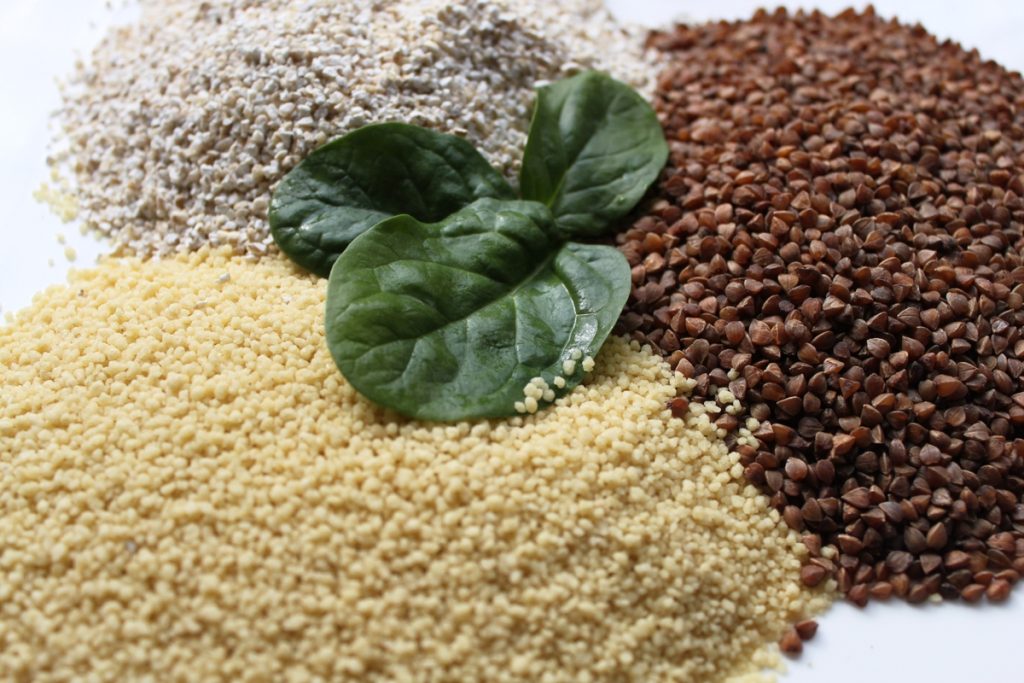Savouring Couscous in Tunisia
Culinary Discoveries in North Africa
Embark on a tantalising adventure through Tunisia’s culinary landscape, where couscous reigns supreme as the nation’s beloved dish. From its ancient Berber origins to modern-day incarnations, this simple yet delicious creation combines a fusion of flavours and textures that is well worth savouring.

Origins of This Dish
While the exact origin of couscous remains debated, the most widely accepted theory points to the Berbers, an indigenous North African ethnic group. It is believed to have originated with them, and over time, gained popularity across the region, becoming a cherished meal in Tunisia, Morocco, and Algeria, each infusing unique culinary traditions into this dish.
What is Couscous Made From?
Couscous embodies simplicity and versatility, requiring minimal utensils for its preparation. Traditionally made from millet, modern couscous consists of small, steamed balls of wheat semolina. Served alongside a hearty stew of vegetables and protein, be it chicken, lamb, or fish, couscous offers a satisfying and nourishing meal. Once you have tried it on your visit, you can look to make it yourself once back home.
Couscous in Tunis
Couscous is considered Tunisia’s national dish, and the variations are as delightful as they are diverse. While couscous with lamb, herbs, and spices is a popular choice, the star along the coast, especially in destinations like Sfax, is undoubtedly fish couscous; featuring fresh groupers, rougets, or mullets, this dish can also be enjoyed on your visit to the capital, Tunis. Best restaurants here for couscous include El Dar at The Residence Tunis which serves both the fish and lamb varieties.
Key Characteristics
Tunisian couscous has some distinct characteristics that set it apart from its Moroccan and Algerian counterparts. One key difference lies in the vibrant red colour of the sauce, due to the addition of tomatoes or tomato sauce. Interestingly, the preparation process can vary according to the protein being used.
For example, garlic takes a backseat in lamb couscous but is an important ingredient for the fish and chicken varieties. Meanwhile, couscous featuring fish or other seafood incorporates caraway, coriander, and cumin, (not typically added for lamb and chicken dishes) providing another layer of complexity to the flavour profile.
Suffice it to say, it’s best to do a taste test and savour the different variations yourself!
Related posts
Archives
Categories
- Appetizers (54)
- Arab (50)
- Bars (61)
- Burmese (6)
- Café (46)
- Casual Dining (83)
- Chinese (37)
- Coffee House (43)
- Desserts (73)
- Destination Dining (448)
- Diner (64)
- Family Restaurants (123)
- Fast Food (111)
- Fine Dining (571)
- Food Facts (283)
- Healthy Food (164)
- Hong Kong (10)
- Indonesian (15)
- Italian (4)
- Japanese (18)
- Main Dishes (100)
- Maldivian (87)
- Miscellaneous (10)
- Miscellaneous Topics (402)
- Palate (81)
- Recipes (143)
- Restaurants (262)
- Sea Food (145)
- Singaporean (39)
- Sri Lankan (71)
- Steaks & Grill (98)
- Street Food Stalls (185)
- Thai (99)
- Types of Cuisines (179)
- Vegan (72)
- Vegetarian (18)
- Vegeterian (48)
- Vietnamese (22)
- Western (12)

